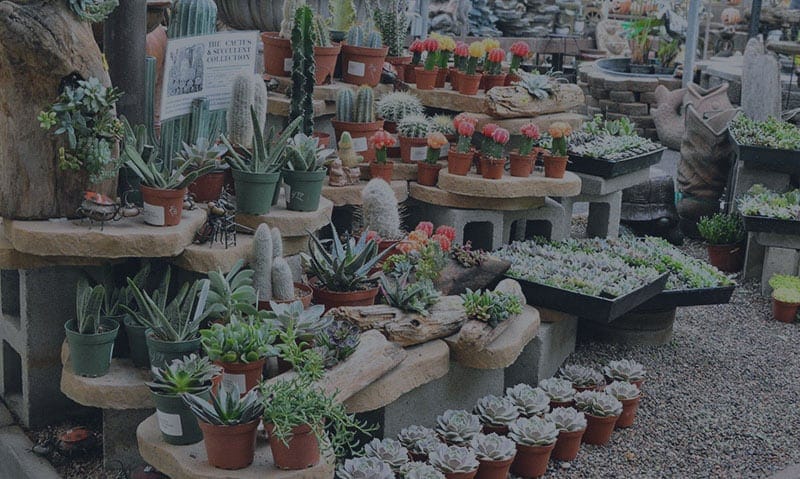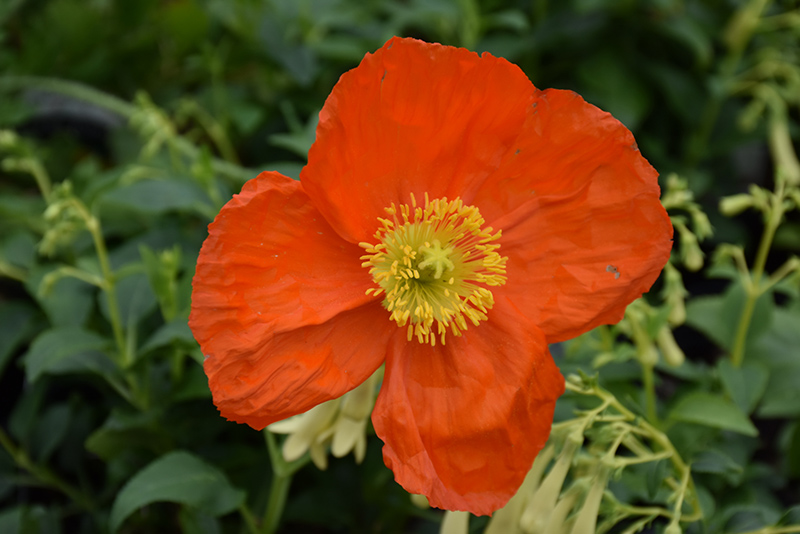Wonderland Orange Poppy
Papaver nudicaule 'Wonderland Orange'
Plant Height: 12 inches
Flower Height: 16 inches
Spacing: 9 inches
Sunlight:
![]()
![]()
Hardiness Zone: 2a
Other Names: Iceland Poppy, Arctic Poppy
Group/Class: Wonderland Series
Description:
This fast growing variety produces short strong stems, producing volumes of stunningly bright orange blooms with yellow centers; beautiful massed as a border planting
Ornamental Features
Wonderland Orange Poppy features bold orange round flowers with yellow centers at the ends of the stems from early spring to early fall. The flowers are excellent for cutting. Its tomentose ferny leaves remain light green in color throughout the season.
Landscape Attributes
Wonderland Orange Poppy is an open herbaceous perennial with tall flower stalks held atop a low mound of foliage. It brings an extremely fine and delicate texture to the garden composition and should be used to full effect.
This plant will require occasional maintenance and upkeep. Trim off the flower heads after they fade and die to encourage more blooms late into the season. Deer don't particularly care for this plant and will usually leave it alone in favor of tastier treats. Gardeners should be aware of the following characteristic(s) that may warrant special consideration;
- Self-Seeding
Wonderland Orange Poppy is recommended for the following landscape applications;
- Mass Planting
- Rock/Alpine Gardens
- General Garden Use
Planting & Growing
Wonderland Orange Poppy will grow to be about 12 inches tall at maturity extending to 16 inches tall with the flowers, with a spread of 12 inches. When grown in masses or used as a bedding plant, individual plants should be spaced approximately 9 inches apart. It grows at a fast rate, and under ideal conditions can be expected to live for approximately 3 years. As an herbaceous perennial, this plant will usually die back to the crown each winter, and will regrow from the base each spring. Be careful not to disturb the crown in late winter when it may not be readily seen! As this plant tends to go dormant in summer, it is best interplanted with late-season bloomers to hide the dying foliage.
This plant does best in full sun to partial shade. It prefers dry to average moisture levels with very well-drained soil, and will often die in standing water. It may require supplemental watering during periods of drought or extended heat. It is not particular as to soil type or pH. It is somewhat tolerant of urban pollution, and will benefit from being planted in a relatively sheltered location. Consider applying a thick mulch around the root zone in winter to protect it in exposed locations or colder microclimates. This is a selection of a native North American species.


